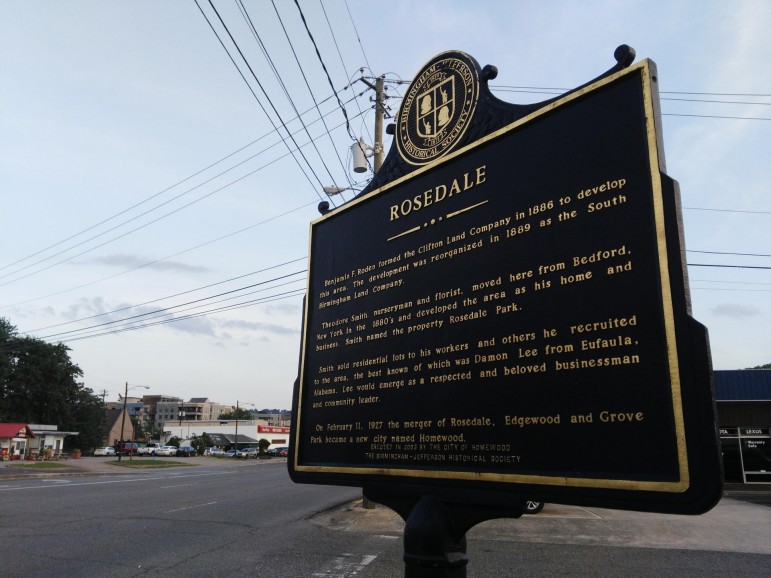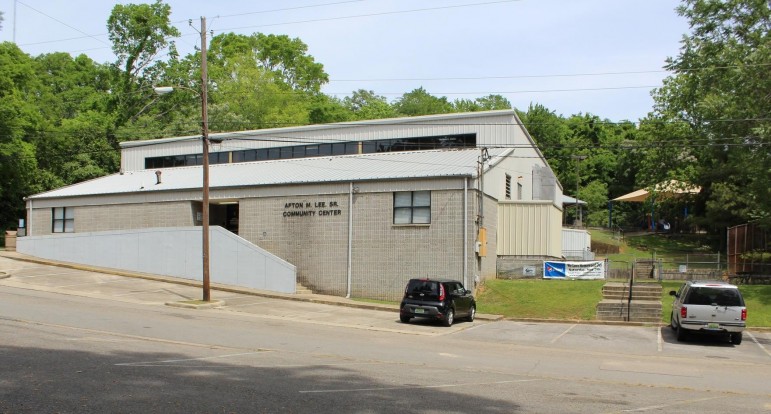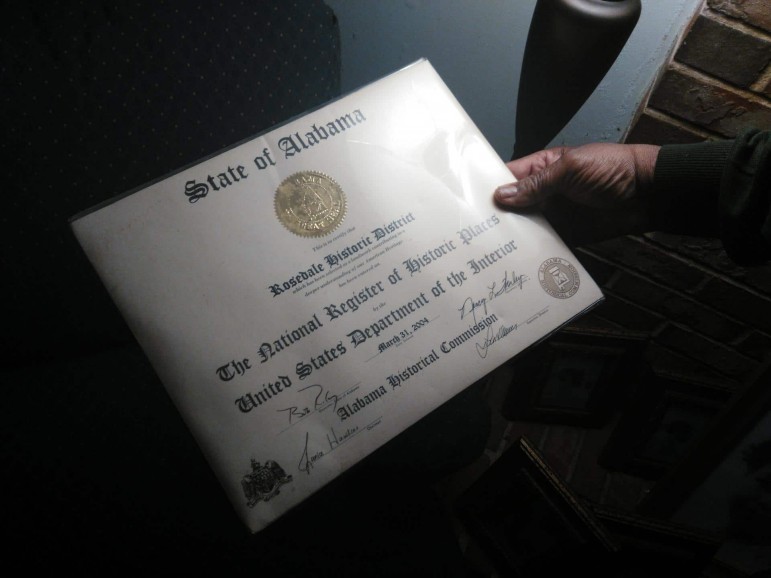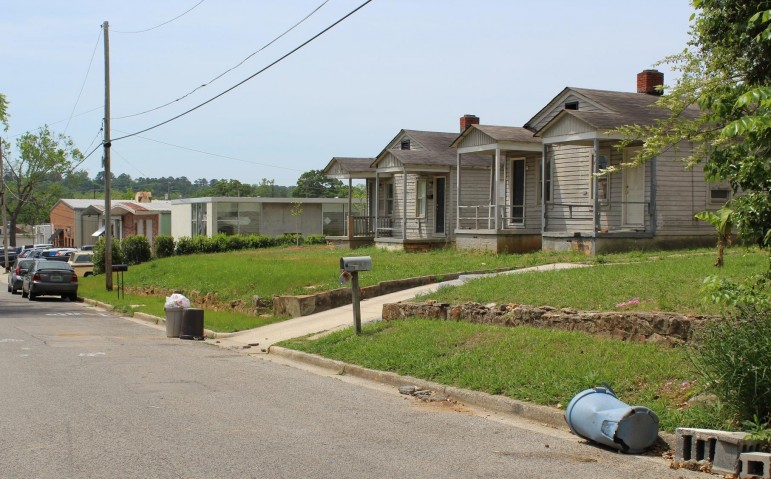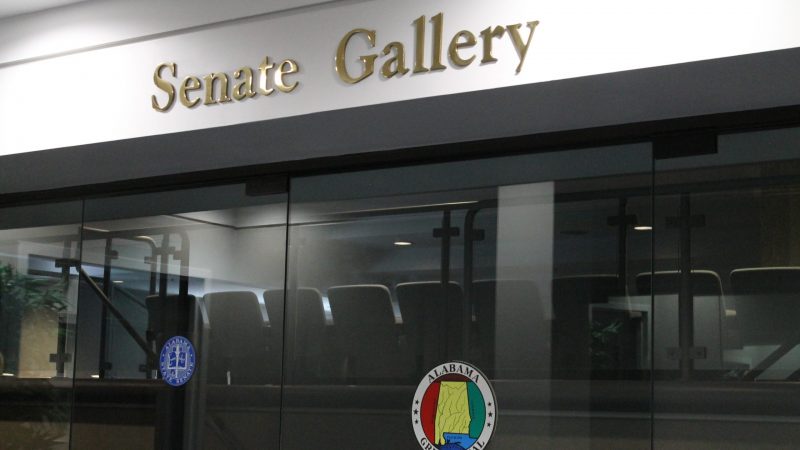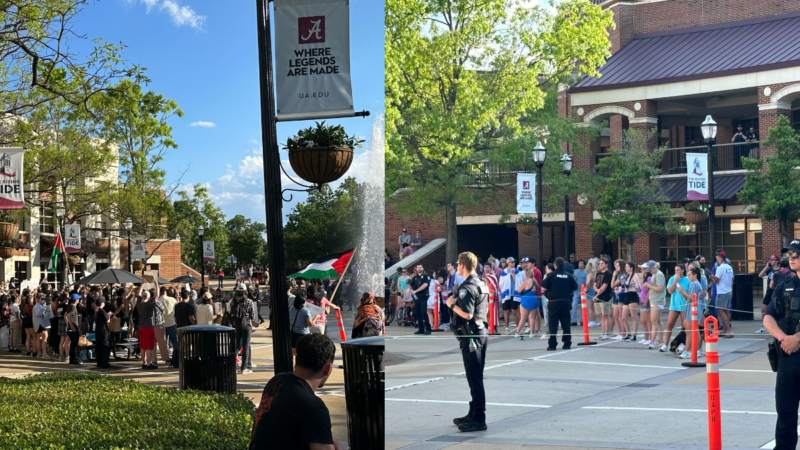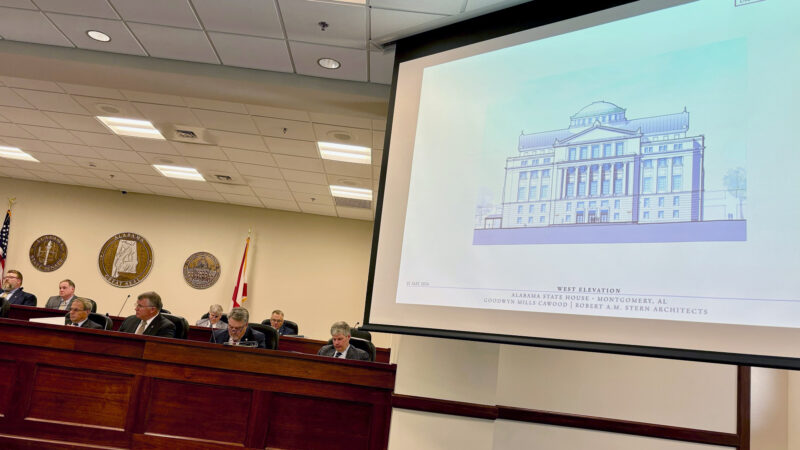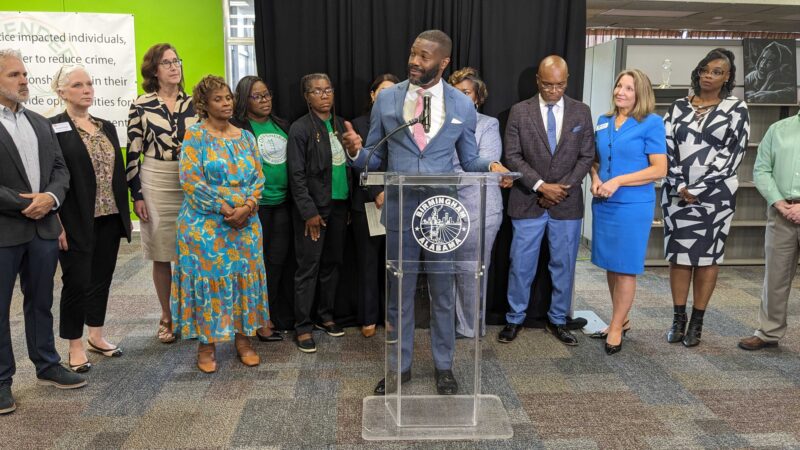Birmingham Revitalization: Struggling to Keep Homewood’s Rosedale Neighborhood
Walking through the streets of Homewood’s Rosedale neighborhood, lifelong resident Mary Edwards says things used to look very different.
“Can you see that cross up there, that building by the cross over there? Can you see it?” she asks. “That’s Bethel Church. All over there, houses used to be there.” Edwards points across 18th Street. The road roughly divides what’s left of Rosedale from Homewood’s sprawling downtown.
The neighborhood of Rosedale is easy to miss, quietly tucked at the base of Red Mountain on the edge of Homewood. For years, residents of the community have been fighting to keep its historic character, but the city is expanding and there is a constant threat of commercial development.
Mary Edwards says Rosedale used to be vibrant and full of life. Now she calls it a ghost town. Lots are vacant and the streets are in disrepair. She says as Homewood has grown, it has ignored the needs of Rosedale. “Businesses wanted to come in and take Rosedale over, which some of them have done that,” says Edwards. “Because a lot of places where businesses are now – those was houses.”
Decades-Long Battle
According to UAB assistant professor of history Pamela King, residents of Rosedale have faced pressure since the 1950s from outsiders who have wanted to tear down their modest houses. “And this was a real David and Goliath story because developers always eyed Rosedale, because they didn’t think that working class neighborhood was at its highest and best use,” says King. “In other words, they could put a shopping center there or some fancy houses and make a lot more money.”
Some developers were successful. Today only a small portion of the neighborhood remains. About 10 years ago, King helped list Rosedale on the National Register of Historic Places. The community was the first suburb outside of Birmingham settled by African-Americans in the late 1800s. Much of the land was owned by the Lee family, whose name is still visible in the area. It became part of Homewood in 1927.
Call to Preserve and Revitalize
King says it is important to preserve that history by protecting what is left of Rosedale. But the Homewood City Council has not approved a preservation ordinance, so there are no guidelines for development in the city’s historic districts. Residents say that without these protections, their neighborhood has been picked apart and the property that remains needs revitalization.
In 2002, community members presented a “Rosedale Urban Renewal Plan” to the Homewood City Council. Thomas Hamner helped draft the proposal. “This is what we wanted to do,” he says. “Just improve the neighborhood, streets and curbs and do the whole thing, you know?” Hamner says the city council did not approve the plan, and over a decade later, Rosedale still needs basic improvements. Sidewalks and gutters need to be repaired, streets repaved, and building codes addressed.
Promising More
Michael Hallman, who represents Rosedale on the Homewood City Council, says residents of the community have lost faith in city leadership and it is easy to see why. “The citizens of Rosedale have come to the council before and said, ‘We don’t want this, we don’t like this, can we work something out?’” he says. “The council has said, ‘No, this is what’s best for the city, therefore that’s what’s best for Rosedale.’”
Moving forward, Hallman says the council is planning to devote more resources to Rosedale. “The City Council’s looking at road improvements,” he says. “We’re looking at getting rid of some of the houses that are run down. We’ve put some of them before the abatement board.”
Ready for Action
Residents hope to see it happen. Ann Dunlap lives in a YWCA rental house for senior citizens in Rosedale. She says one idea is to replace run-down properties with newer, affordable places to live. “I would like to see more low-income housing available, you know, because it is such a prime commodity here in Homewood,” says Dunlap.
Mary Edwards agrees. She says she would love to see Rosedale overcome its struggles. “If the dead know what the living has done, they would be crying in their grave to see how Rosedale has really gone down,” says Edwards. “I would like to see it come back up again. Like you plant a flower and how it sprouts up. That’s how I would like to see Rosedale again.”
Outside of Homewood, Birmingham is experiencing its own development boom. The story of Rosedale may be a cautionary one. Neighborhoods should be prepared that progress may come with a cost.
Gambling bill in doubt with three days left in the legislative session
Alabama lawmakers are coming down to the finish line for this year’s legislative session. Many bills await passage, but perhaps the biggest one up in the air is a lottery and gambling bill.
Pro-Palestinian demonstration draws counter-protest at University of Alabama
Students gathered demanding the school call for a permanent and immediate ceasefire and to push the school to sever ties with defense contractor Lockheed Martin.
A new Statehouse and related projects will cost about $400 million
The Alabama Legislative Council, a 20-member panel comprised of legislative leaders and their appointees, approved the construction of the new Statehouse last year. The panel was given an update on the project on Wednesday.
New pilot program will offer housing, resources to people leaving prison
The Birmingham Reentry Alliance will provide wrap around services to dozens of men and women adjusting to life after prison.
Alabama committee advances ban on LGBTQ+ pride flags in classrooms
The Senate Education Policy Committee voted 5-2 for the House-passed bill, putting the proposal in line for a possible final passage in the last four days of the legislative session.
A New Orleans garden paid hundreds of dollars in fees for a sewer that doesn’t exist
Galvez Garden owner Lissie Stewart has been fighting the New Orleans Sewerage and Water Board over inaccurate billing for years.
